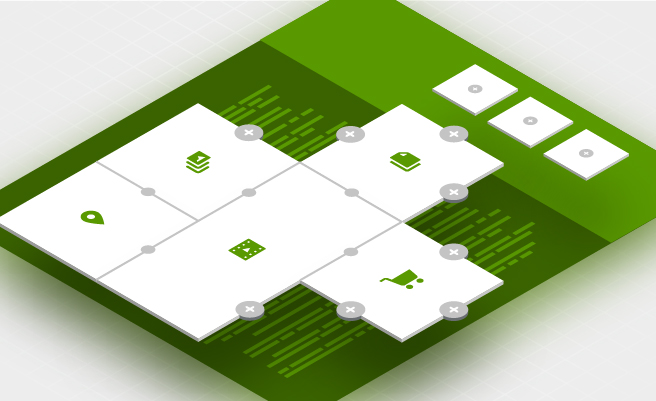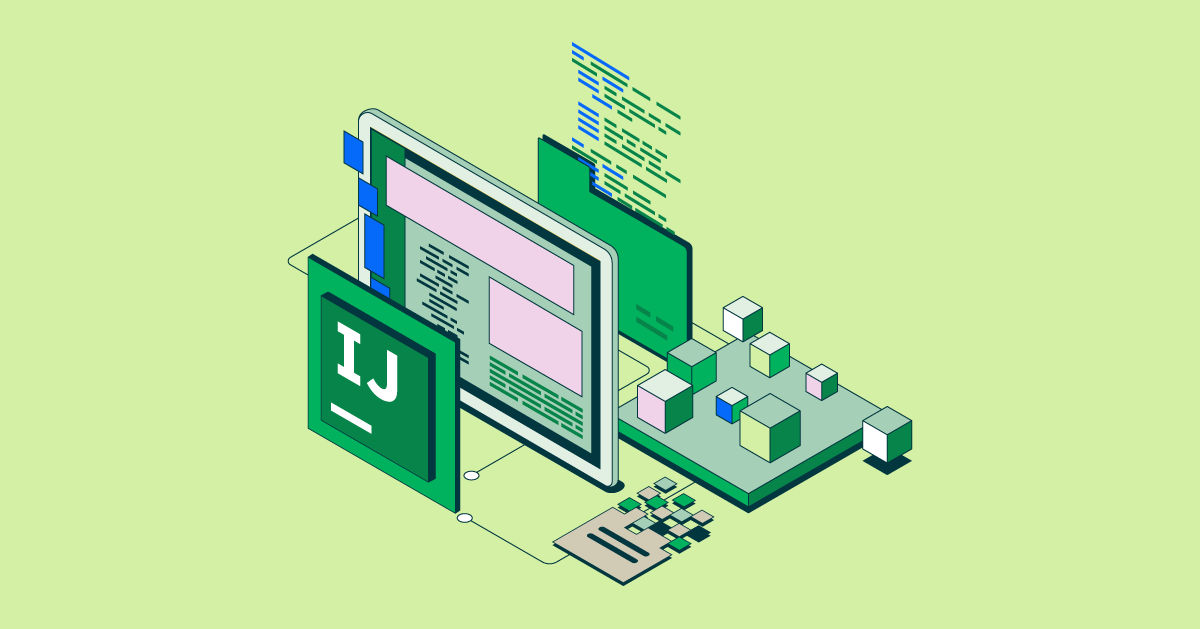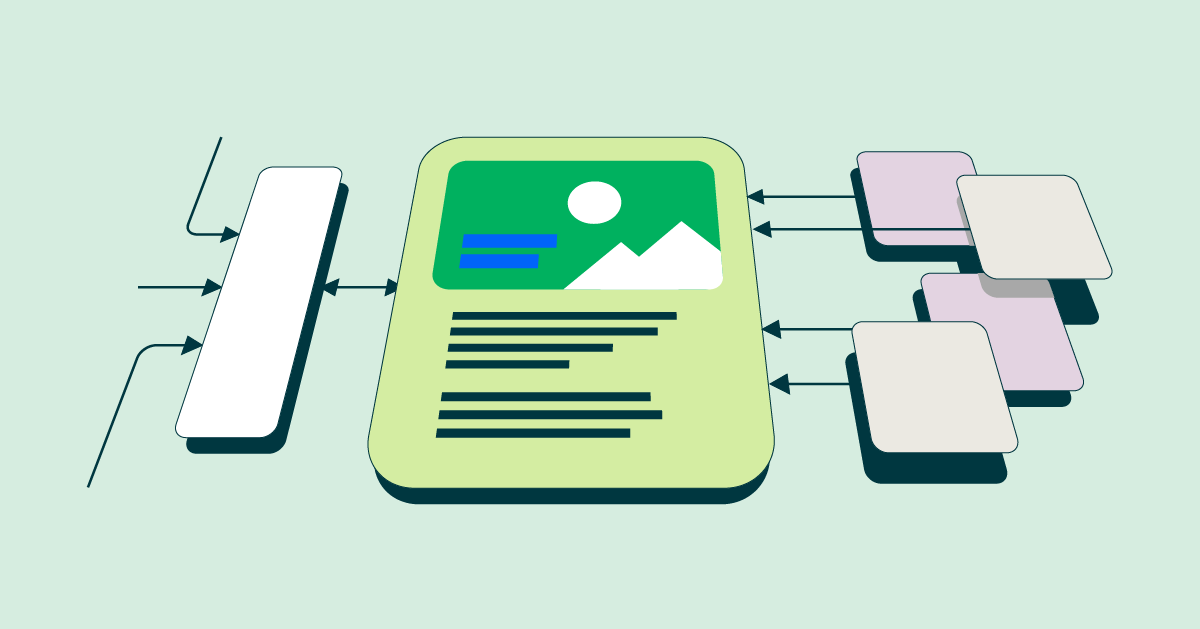What is Low Code Development?
With the pace of digital innovation accelerating, many companies are struggling to keep up. Developing new software from scratch is time-consuming, expensive, and limits adaptability. That’s why many companies are turning to low or no-code development for many new projects ranging from simple automation processes to sophisticated enterprise-grade software.
With this in mind, let’s look at what low code is, what low code development platforms are, and the importance of low code for the entire organization.
What Is Low Code Development?
Low code development eliminates the need for hand coding or developing applications from scratch. Low code is similar to no code, but generally still requires some technical knowledge and is not completely accessible by business users. With low code, developers can focus on the higher-level logic that’s critical for their organization and still have the flexibility for deep customization using programming or scripting languages when necessary.
Low code goes beyond no code by facilitated hand-coding for more complex requirements. Since low code is usually component-based, developers can encapsulate custom logic into modules that can be easily reused using visual tooling in many different projects. That’s why low code development brings greater productivity to development teams. Low code puts emphasis on the unique portion of a new application that's critical for its success.
While low code apps were initially used to eliminate repetitive processes through automation, many of the latest low code tools enable developers to quickly create highly-customized enterprise-grade applications in a fraction of the time. In addition, junior or less experienced developers can gain proficiency in the visual tools or light scripting much faster than traditional programming languages. These factors make most low code development projects cheaper in the long run for most enterprise organizations.
What Is a Low Code Development Platform?
A low code platform provides a variety of tools for users to build software solutions without heavy coding requirements. Many of these platforms cater to a specific type of application like designing web sites, managing databases, and more, but some have the flexibility for building highly unique applications.
Most low code development platforms have a visual interface with drag and drop components and model-driven logic. This means there are many preconfigured building blocks that developers can use to quickly create new applications. The visual tools usually make it quick and easy to design user interfaces, data models, and business logic. The pre-built components are reusable, so there’s less duplicate work across different development projects as well.
How a Low Code CMS Empowers Marketers (And Developers)
While low code development platforms are used for a wide variety of industries, they’re ideal for CMSs. CMS implementation projects are an enormous burden for developers, yet the end-users are marketing teams. Traditional CMS platforms often leave business users with little ability to customize and manage the system autonomously. Marketing departments e.g. often need to quickly spin up and manage campaigns - Low code can help here.
Low code development reduces the burden on developers while empowering marketing teams to get more involved. Let’s look at how low code CMS projects enable the delivery of digital experiences, foster innovation, facilitate collaboration, and improve efficiency across the organization.
Marketers can deliver digital experiences faster
In the past, marketers have relied on IT teams for basic content management tasks. This is especially true for headless CMS platforms lacking hybrid and low code features. Software that enables marketers to create and deliver content autonomously (e.g. with help of a DAM), however, can dramatically improve content velocity. That means companies can use low code tooling to rapidly deliver compelling digital experiences e.g. to manage campaigns with little to no technical knowledge required.
Magnolia Campaign Manager
Discover how to manage the entire customer experience of a campaign in one place, without touching any code.
Developers have more time to innovate
With marketing teams having more control over content management, developers can spend significantly less time implementing and maintaining the CMS. This is crucial with enterprise IT teams spending increasing amounts of time in software maintenance. Low code platforms provide development teams with the freedom to focus on building more innovative software that has a greater impact on the organization. Low code development, therefore, enables digital transformation and digital adaptability for the future.
Teams can work in parallel
The reduced heavy lifting enables content authors, frontend developers, and backend developers to work in parallel. That means during implementation, for example, backend developers could be integrating external systems, frontend developers could be creating APIs using low code tooling, and marketers could continuously test new components — all at the same time. That means a faster time to market and reduced development costs. All of these factors can have an enormous impact on the total cost of ownership of a CMS implementation. Low code brings efficiency and speed to projects.
Enter Magnolia ...
Magnolia supports low code with a multitude of Light Development features like simple YAML configurations and more. Magnolia provides these features so organizations can get started faster and finish sooner — at a fraction of the cost. That’s why Netcetera moved to a Light Development approach with Magnolia to improve the collaboration between its development and marketing teams and rapidly deliver its new website.
Check out more about Light Development with Magnolia here.









